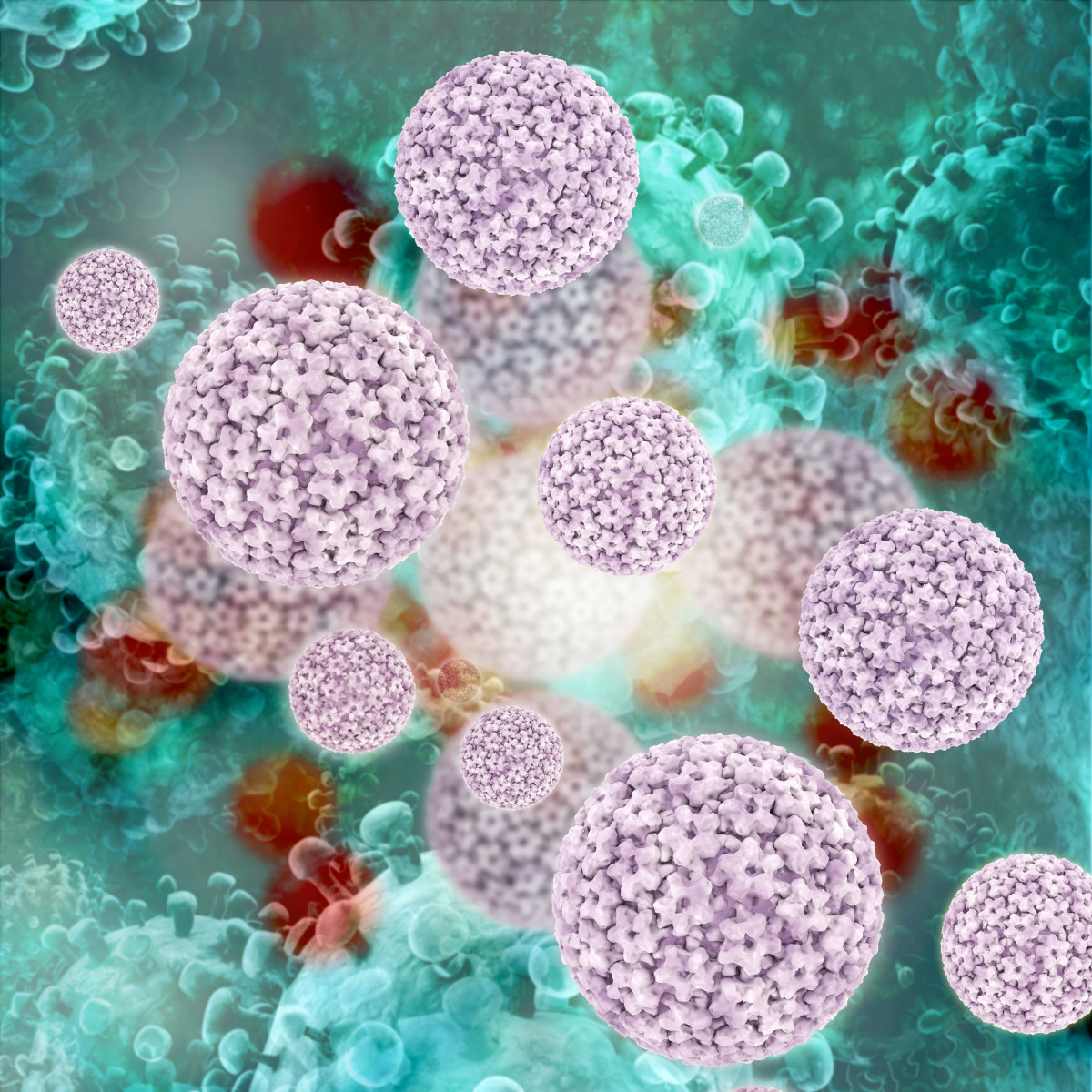#ACTRIMS2021 – Complex Ways That AQP4-IgG Drives NMOSD Detailed
Written by |

In most people with neuromyelitis optica spectrum disorder (NMOSD), autoantibodies against aquaporin-4 (AQP4) coordinate a complex series of immune activities that drive the disease.
Better understanding of these disease-causing mechanisms may help in efforts to find new treatments for NMOSD patients.
These mechanisms were explained in the lecture, “Humoral Immunity, Astrocyte Injury, and Demyelination in Neuromyelitis Optica,” presented at the 2021 ACTRIMS Forum by Jeffrey Bennett, MD, PhD, of the University of Colorado School of Medicine.
“In my lecture, I would like to provide an update on aquaporin-4 [autoantibody] NMOSD pathogenesis,” Bennett said. “Pathogenesis” refers to how a disease develops and progresses.
Antibodies are immunological proteins that play important roles in fighting off infectious diseases. However, in some autoimmune diseases like NMOSD, antibodies erroneously target healthy tissue. These self-targeting antibodies are called autoantibodies.
Roughly 90% of people with NMOSD have elevated levels of autoantibodies that target the protein AQP4, Bennett reported. These autoantibodies are commonly referred to as AQP4-IgG (immunoglobulin G, or IgG, is a type of antibody).
In the presentation, Bennett synthesized data from a variety of laboratory models, as well as data from human samples, to outline the known mechanisms by which AQP4-IgG are produced and drive disease in NMOSD. He stressed, however, that much is still unknown, and more research needs to be done.
“Success in [laboratory models] has identified the fundamental mechanisms driving [brain and spinal cord] injury but not informed us on what actually causes an NMO clinical relapse,” Bennett said.
“Expanding our understanding of the mechanisms driving [brain damage in NMOSD] is likely to revolutionize our ability to limit acute injury and facilitate recovery,” he added.
Autoantibodies are made by a type of immune cell called B-cells. Bennett outlined two ways that AQP4-IgG can get into the brain: an “outside-in” model and an “inside-out” model. Under the “outside-in” model, B-cells outside of the nervous system make AQP4-IgG, which then crosses into the brain. Under the “inside-out” model, B-cells themselves enter the brain, and produce AQP4-IgG there.
The “outside-in” model requires an ability to disrupt, or cross, the blood-brain barrier (BBB) — a cellular barrier that, as its name suggests, exists to prevent damaging molecules in the bloodstream from entering the brain. Emerging evidence indicates that, in NMOSD, BBB disruption may be driven by autoantibodies that target the protein GRP-78.
“The working hypothesis is that anti-GRP-78 facilitates blood-brain barrier breakdown and entry of AQP4-IgG for that ‘outside in’ relapse initiation,” Bennett said.
Once in the brain, AQP4-IgG prompts an immunological attack against astrocytes — cells found in the nervous system, which normally help to support the health and function of nerve cells.
Specifically, AQP4-IgG kill astrocytes through two main mechanisms: antibody dependent cell-mediated cytotoxicity (ADCC), and complement-dependent cytotoxicity (CDC). In ADCC, an antibody binding to a cell prompts immune cells to kill that cell. In CDC, cell death is mediated by a group of immunological proteins called the complement system.
Both of these processes are thought to be necessary for the formation of NMOSD lesions, Bennett said, since full lesions don’t form in mice engineered to lack either of these processes.
AQP4 represents an “ideal target” for CDC, Bennett said. This is because CDC is activated by antibody hexamers — a formation of six antibodies together. Because of the physical patterns by which AQP4 is expressed on the surface of astrocytes, it is relatively easy for AQP4-IgG binding this protein to form CDC-inducing hexamers.
Although astrocytes are the primary target of the immune system in NMOSD, these are not the only type of brain cell injured in the disease.
“Delivery of aquaporin-4 antibody and complement results in sequential injury to astrocytes, followed by injury to oligodendrocytes,” Bennett said.
Oligodendrocytes are cells that produce myelin, the fatty substance that wraps neurons (the brain cells that send electrical signals). Myelin is critical for proper neuronal function, so its loss has a substantial impact on brain health.
Although the exact mechanism by which oligodendrocytes become damaged in NMOSD is uncertain, Bennett said that “bystander effects” likely play a role. In other words, some oligodendrocytes are destroyed through CDC or ADCC simply because of their proximity to the astrocytes that are being targeted by AQP4-IgG.
Recent data on NMOSD therapies proven to be effective in clinical trials have broadly been consistent with these mechanisms of disease. For example, Soliris (eculizumab) works by blocking complement activity, while Enspryng (satralizumab-mwge) blocks the interleukin-6 receptor that affects inflammation, and Uplizna (inebilizumab-cdon) targets B-cells.
“Understanding how current approved therapies interfere with these mechanisms is essential to the development of new therapies and biomarkers,” Bennett said.





